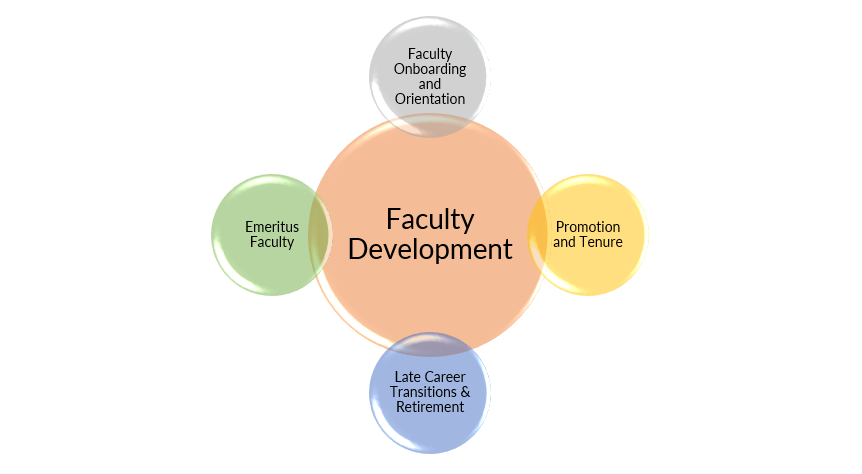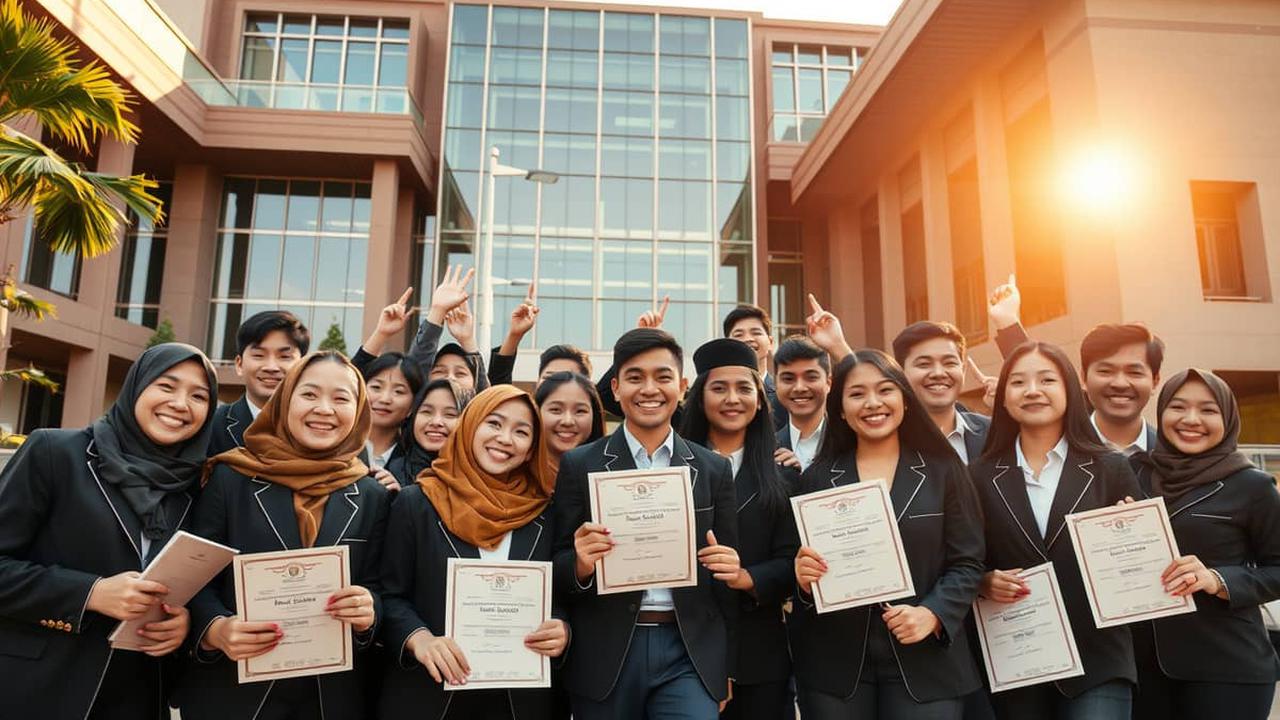
JAKARTA, inca.ac.id – Faculty development is a critical component of educational excellence, focusing on enhancing the skills, knowledge, and practices of educators. As the landscape of education evolves, so too must the approaches that faculty use to engage students and prepare them for real-world challenges. This article delves into the importance of faculty development, its impact on teaching practices, and strategies for implementing effective programs that elevate educational outcomes.
The Importance of Faculty Development

1. Improving Teaching Effectiveness
Faculty development programs are designed to enhance teaching effectiveness by providing educators with the tools and resources needed to improve their instructional methods. This improvement is essential for fostering student engagement and promoting deeper learning.
2. Adapting to Changing Educational Landscapes
As technology and pedagogical theories evolve, faculty must adapt their teaching practices to meet the needs of diverse learners. Faculty development ensures that educators stay current with the latest trends, technologies, and instructional strategies.
3. Enhancing Student Learning Outcomes
Research shows that well-supported faculty members lead to improved student learning outcomes. Faculty development initiatives equip educators with evidence-based practices that promote student engagement, critical thinking, and real-world application of knowledge.
4. Fostering a Collaborative Community
Effective faculty development creates a culture of collaboration and continuous improvement. By encouraging educators to share best practices, mentor one another, and engage in professional learning communities, institutions can foster a supportive environment that benefits both faculty and students.
Key Components of Effective Faculty Development
1. Needs Assessment
Before implementing faculty development programs, institutions should conduct a needs assessment to identify the specific challenges and areas for growth among faculty members. This assessment can involve surveys, interviews, and focus groups to gather insights into faculty needs.
2. Professional Development Workshops
Workshops provide opportunities for faculty to learn new teaching strategies, technologies, and assessment methods. Topics may include active learning techniques, inclusive teaching practices, and integrating technology into the classroom.
Example: A university may offer a series of workshops on using digital tools for collaborative learning, allowing faculty to explore various platforms and their applications in real-world scenarios.
3. Mentorship and Coaching
Pairing experienced faculty members with newer educators can foster professional growth through mentorship and coaching. This relationship allows for personalized feedback and support, helping faculty members refine their teaching practices.
4. Peer Observation and Feedback
Encouraging faculty to observe one another’s classes can facilitate constructive feedback and the sharing of effective teaching strategies. Peer observation promotes a culture of openness and continuous improvement.
Example: Faculty members might participate in a peer observation program where they observe a colleague’s class and then engage in reflective discussions about teaching techniques and student engagement.
5. Incorporating Technology
As technology becomes increasingly integral to education, faculty development programs should include training on digital tools and platforms. Educators can learn how to effectively integrate technology into their teaching to enhance student engagement and learning.
6. Ongoing Support and Resources
Faculty development should not be a one-time event but an ongoing process. Institutions should provide continuous support, resources, and opportunities for professional growth, ensuring that faculty can keep pace with evolving educational demands.
Real-World Applications of Faculty Development
1. Active Learning Strategies
Faculty development programs can introduce educators to active learning strategies that promote student engagement. Techniques such as problem-based learning, group discussions, and hands-on activities can enhance the learning experience.
Example: A faculty workshop might focus on implementing case studies in the classroom, allowing students to apply theoretical knowledge to real-world scenarios.
2. Culturally Responsive Teaching
Training in culturally responsive teaching equips faculty to create inclusive learning environments that respect and value diverse perspectives. This approach enhances student engagement and fosters a sense of belonging.
3. Assessment and Feedback Techniques
Effective assessment practices are crucial for understanding student progress. Faculty development can provide educators with tools to design meaningful assessments and give constructive feedback that supports student growth.
Example: Faculty might learn about formative assessment techniques that allow for ongoing feedback throughout a course, helping students identify areas for improvement.
Conclusion
Faculty development plays a vital role in elevating teaching practices and enhancing the educational experience for students. By investing in the continuous growth of educators, institutions can create real-world classrooms that foster engagement, critical thinking, and a deeper understanding of subject matter.
Through needs assessments, professional development workshops, mentorship, peer observation, and ongoing support, faculty can adapt to the changing educational landscape and prepare students for the challenges they will face in their careers. Ultimately, a commitment to faculty development is a commitment to student success and the advancement of educational excellence.
Improve Your Abilities: Explore Our content on Knowledge
Take a Look at Our Latest Article on Academic Calendar!
#Active Learning #Continuous Improvement #Culturally Responsive Teaching #education #Educational Excellence #Faculty Development #higher education #Mentorship #Peer Observation #professional development #professional growth #Student Learning Outcomes #teacher training #Teaching Practices







